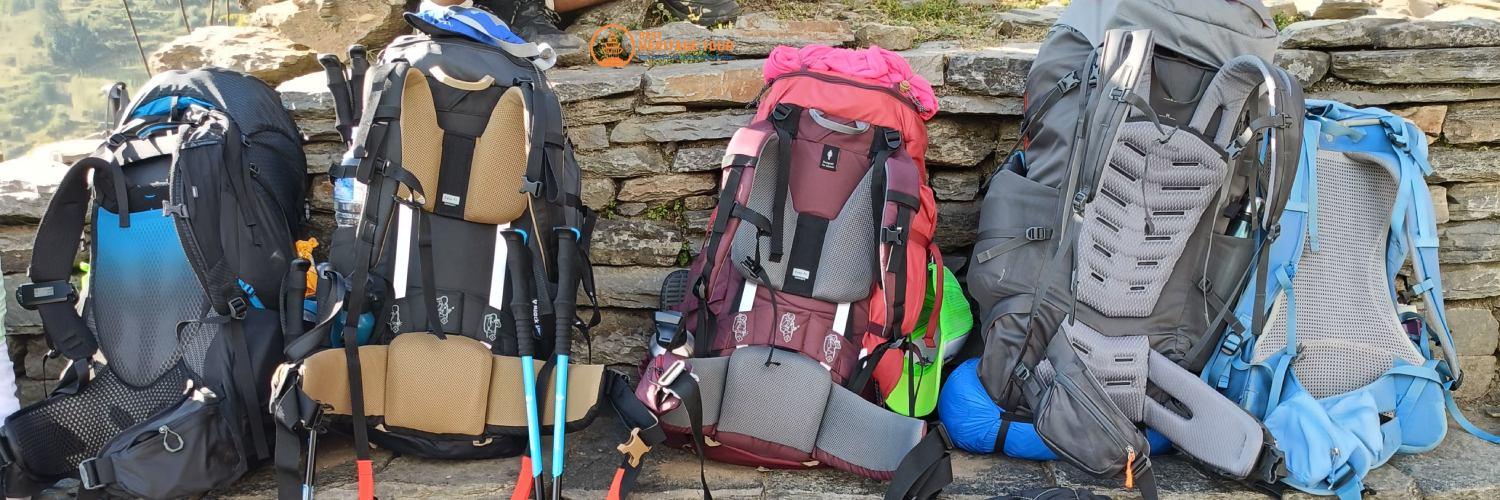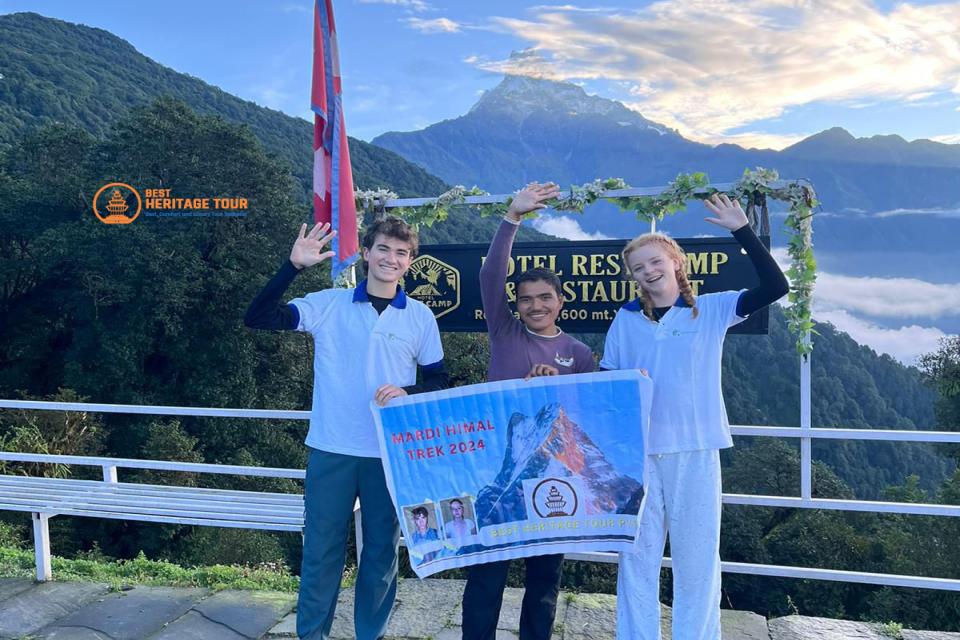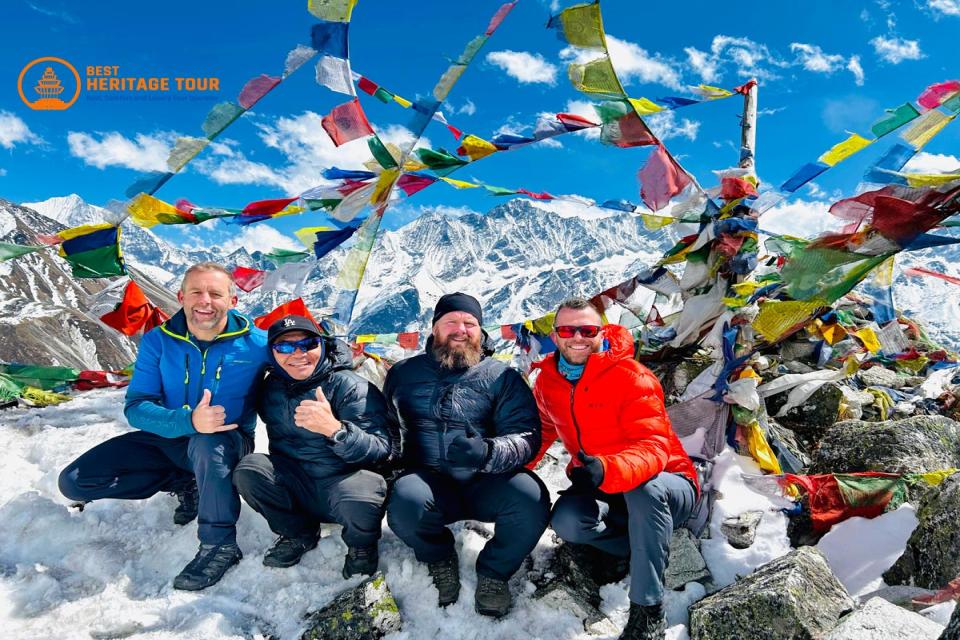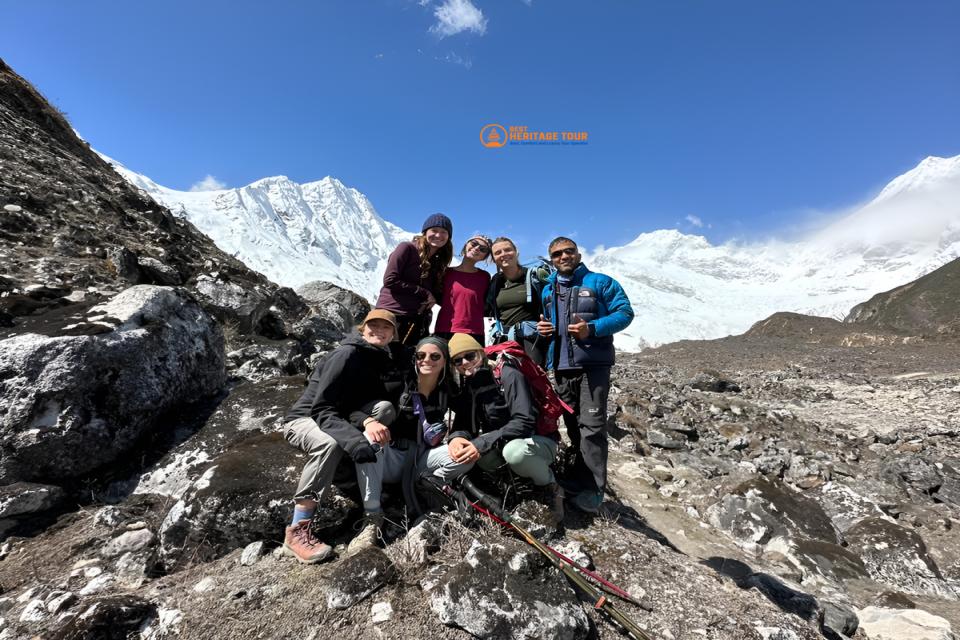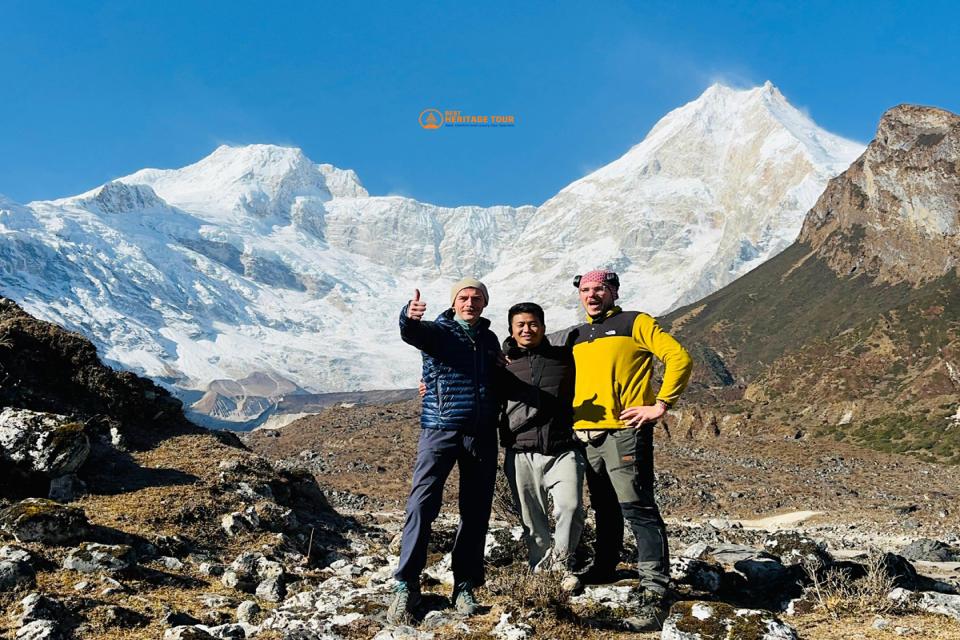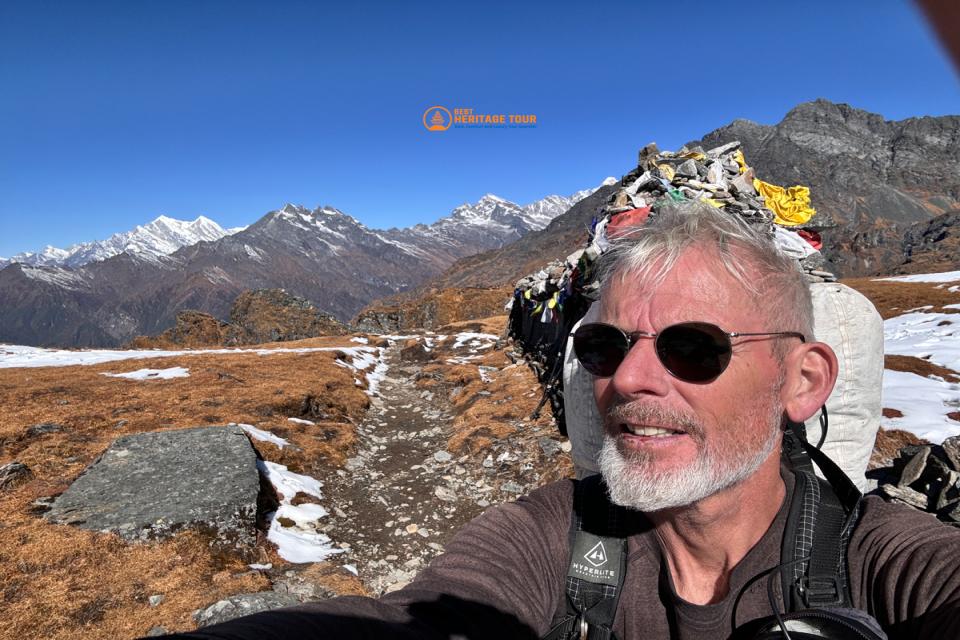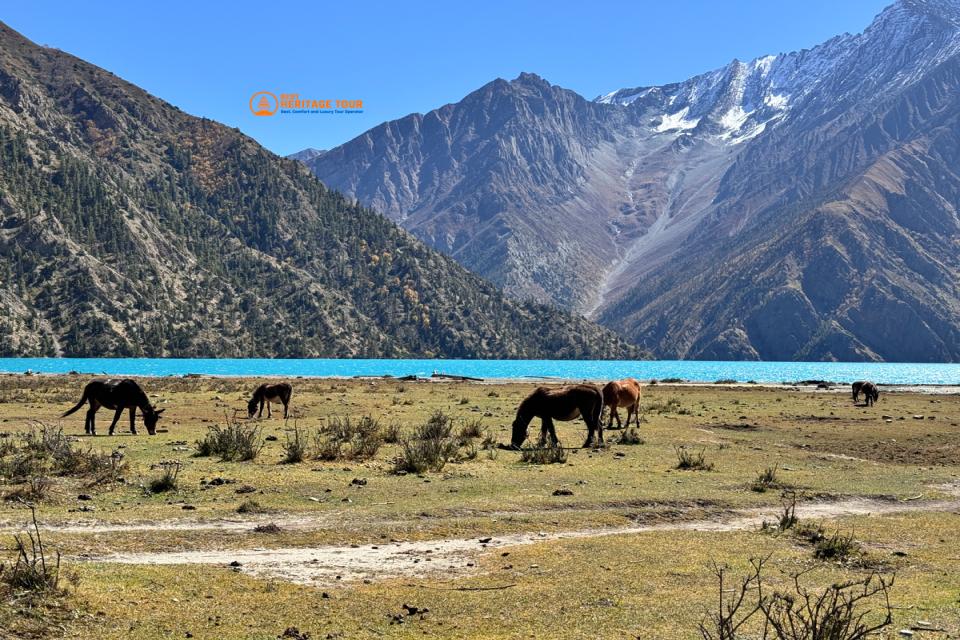Trekking in Nepal is a dream for adventure seekers around the world. From the towering peaks of Everest to the serene trails of Annapurna and Langtang, the Himalayan landscape offers experiences like nowhere else on Earth. But whether you are a first-time trekker or a seasoned hiker, having the right trekking gear is crucial for safety, comfort, and enjoyment.
Fortunately, Nepal - especially cities like Kathmandu and Pokhara - is well-equipped to serve both buying and renting needs for trekking enthusiasts. In this comprehensive guide, we’ll cover everything you need to know about buying or renting trekking gear in Nepal, so you can focus on the adventure rather than worrying about equipment.
Why Proper Trekking Gear Matters
Before diving into where to buy or rent, it’s important to understand why trekking gear is essential:
-
Safety: High-altitude trekking exposes you to extreme weather, uneven terrain, and fluctuating temperatures. Proper boots, jackets, and sleeping bags help prevent injuries and hypothermia.
-
Comfort: Long days of hiking become manageable with well-fitted gear, including backpacks, trekking poles, and moisture-wicking clothing.
-
Efficiency: Lightweight and multi-functional gear reduces fatigue and makes it easier to carry essentials without over packing.
Buying Trekking Gear in Nepal
For trekkers who prefer to own their equipment, Nepal offers a wide variety of gear for all budgets - from high-end international brands to locally made products.
Clothing Essentials
Nepalese trekking clothing is available in two categories:
-
High-altitude gear: Insulated jackets, thermal base layers, down jackets, gloves, and balaclavas for cold regions like Everest Base Camp and Annapurna High Pass.
-
Moderate trekking gear: Lightweight jackets, moisture-wicking shirts, hiking pants, and raincoats suitable for lower-altitude treks such as Ghorepani or Langtang.
Tip: Look for breathable, quick-drying fabrics to stay comfortable on long hikes. Layering is key; even short treks can experience sudden weather changes.
Footwear
Trekking boots are the most important investment. Nepal has a range of options:
-
High-altitude boots with insulation and ankle support for snow and ice.
-
Mid-range hiking shoes for moderate trails.
-
Sandals or trail shoes for village walks or rest days.
When buying boots, ensure they are waterproof, breathable, and properly sized. Many shops provide in-store fitting, which is highly recommended.
Backpacks & Daypacks
-
Large trekking backpacks (50-70L) for multi-day treks.
-
Daypacks (20-30L) for shorter hikes or as an additional pack for essentials like water, snacks, and camera gear.
Look for ergonomic designs, adjustable straps, and waterproof covers. Some backpacks even come with hydration compartments for easy water access.
Sleeping Bags and Mats
-
Sleeping bags rated for sub-zero temperatures are essential for high-altitude lodges and teahouses.
-
Foam mats or inflatable sleeping pads are also widely available for comfort and insulation.
Tip: Check the temperature rating on the sleeping bag to match the region you’ll be trekking in. Everest treks, for instance, need bags rated -15°C or lower.
Trekking Poles & Accessories
-
Trekking poles help reduce strain on knees and provide stability on uneven trails.
-
Accessories include headlamps, water bottles, thermoses, gloves, hats, gaiters, and sunglasses.
Most shops sell lightweight, collapsible poles and reusable water bottles suitable for long hikes.
Buying Pros & Cons
Pros:
-
You own the gear for future trips.
-
Can choose specific brands and features.
-
No rental return hassles.
Cons:
-
Higher upfront cost.
-
Some gear may not be needed for a single trek.
-
Carrying extra luggage on flights may be cumbersome.
Renting Trekking Gear in Nepal
For travelers who want to avoid luggage hassles or try out equipment before buying, renting gear is a convenient and budget-friendly option. Nepal has well-organized rental services, especially in Kathmandu, Thamel, and Pokhara.
What You Can Rent
Most trekking rental shops provide:
-
Down jackets and insulated clothing
-
Waterproof pants and jackets
-
Trekking boots and gaiters
-
Sleeping bags and mats
-
Trekking poles
-
Backpacks and daypacks
-
Accessories like gloves, hats, and headlamps
Tip: Always inspect the gear for wear and tear. Well-maintained rentals are usually cleaned and inspected after every trek.
Cost of Renting
Rental costs vary depending on the item and trek duration:
-
Jackets and sleeping bags: $5-$15 per day
-
Trekking boots: $3-$8 per day
-
Backpacks: $3-$7 per day
-
Trekking poles: $2-$5 per day
For multi-week treks, rental packages often offer discounts. Most shops allow renting for one week or more and provide delivery services to hotels in Kathmandu or Pokhara.
Pros & Cons of Renting
Pros:
-
No need to carry heavy gear on flights.
-
Cost-effective for one-time treks.
-
Opportunity to try high-end equipment at a lower price.
Cons:
-
Limited brand and model choices.
-
Quality can vary - always inspect before renting.
-
Some rental shops may not offer refunds if gear fails mid-trek.
Tips for Buying or Renting Trekking Gear in Nepal
-
Compare Prices: Walk around Thamel (Kathmandu) or Lakeside (Pokhara) to compare prices before making a decision.
-
Check Quality: Look for reinforced stitching, waterproof coatings, and reliable zippers.
-
Layer Smartly: Even rented gear works best when combined with proper base layers.
-
Ask for Recommendations: Local trekking guides know which gear is reliable and which brands last longer.
-
Avoid Counterfeit Gear: Some shops may sell fake international brands at lower prices - inspect tags and material quality.
-
Carry Essentials in Carry-On: If you buy in Nepal, you can bring bulky items back home or ship them easily.
Regional Gear Considerations
-
Everest Region: Gear must withstand extreme cold, snow, and wind. Prioritize insulated jackets, sleeping bags, and waterproof boots.
-
Annapurna Region: Moderate high-altitude gear is sufficient, but layers are recommended.
-
Langtang Region: Rainproof jackets and trekking boots are essential, as weather can be unpredictable.
-
City Trek Stopovers: Light hiking shoes and daypacks are enough for Kathmandu, Pokhara, and cultural day hikes.
Practical Advice for First-Time Trekkers
-
Plan in advance: Know your trek route and altitude to choose appropriate gear.
-
Budget wisely: Renting is usually cheaper if you don’t plan repeated treks.
-
Try before you trek: Wear boots and jackets for at least a few hours to ensure comfort.
-
Pack light: Even if buying gear, only bring what you need for trekking. Extra weight can cause fatigue.
-
Seek professional guidance: Guides and tour operators can advise on essential gear, saving you both money and time.
Conclusion: Equip Yourself for the Himalayan Adventure
Choosing the right trekking gear can make or break your Nepal trekking experience. Whether you buy or rent, prioritizing quality, comfort, and suitability for your specific trek is essential. Kathmandu and Pokhara provide ample opportunities to acquire reliable gear, and with proper planning, you can focus entirely on the adventure that awaits in the Himalayas.
So, pack smart, layer wisely, and enjoy the trails with confidence - Nepal’s mountains are waiting for you.
Plan Your Trek with Best Heritage Tour
For expert guidance, trekking support, and adventure packages in Nepal:
Phone / WhatsApp / Viber: +977-9851149197 | +977-9810043046
Email: info@bestheritagetour.com | bestheritagetour@gmail.com
Website: www.bestheritagetour.com
Office: Thamel Marg, Kathmandu, Nepal
Author: Best Heritage Tour
Date: 7th November, 2025

